If you want to be a rock star or just be famous, then run down the street naked, you’ll make the news or something. But if you want music to be your livelihood, then play, play, play and play! And eventually you’ll get to where you want to be.”
-Eddie Van Halen
1. Learn As Many Different Chords As Possible
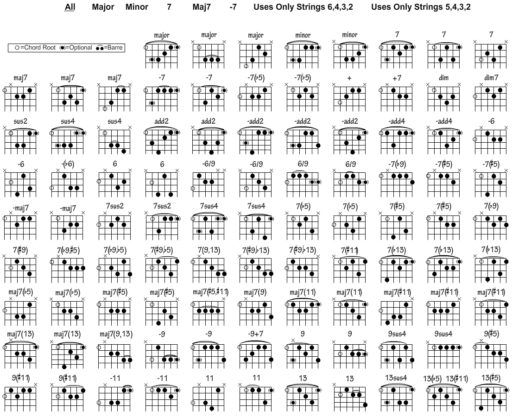
It doesn’t matter how much you like the X song if you’re always playing the same chords every time you play that X song, you might end up feeling bored and less motivated to play it. A simple fix would be substituting the chords and voicing implemented.
If you’re a songwriter, knowing several alternatives to the same chord on the guitar will certainly give you an advantage. Think of chords as colours that you can use to paint a richer musical landscape.
If you’re a beginner, carrying a book full of chords everywhere is a hassle.
2. Learn To Practice in a Disciplined Manner
There is a clear difference between practising intently and fooling around with the guitar. Unfortunately, as the former yields results, the latter is likely to cause disappointment and might even make you want to quit playing the guitar. It is okay if you are facing practice motivation, everyone faces creative blocks, try and interact with other guitar players.
3. Use a Metronome to Develop a Feel for Timing
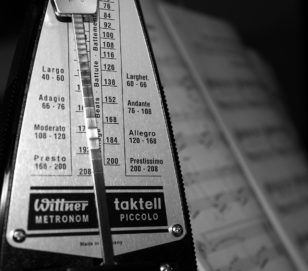
Learning when to play fast, when to play slow, before the beat, on the beat…when to decrease or increase the tempo and still remain in control. These are invaluable skills that any guitarist could use with other musicians.
4. Pay Attention to Dynamics and Different Nuances of Your Playing
Whether it’s strumming of chords or soloing, knowing which notes to accentuate when can make a huge difference in your playing. You really don’t want to sound like Guitar Pro or like a VST plugin that replaces the unique, human touch of a guitar player.
Try this: pick something you’ve pretty much mastered playing. It can be a riff, a melody, a pattern of chords. Now play it 4 times, each time changing the accents on the rhythmic subdivisions. Remember that not every attack of your fingers or your pick must have the same volume. Explore different techniques. Paying attention to these aspects will help you enrich your understanding of tonalities.
5. Listen to More Than Just One or Two Genres of Music
 When I first started playing the guitar, I was solely into nü-metal and heavy metal from the ’80s. I thus was focused on practising power chords and rhythm/riff playing. My taste in music changed a bit during my mid-teens when I discovered European power metal and speed metal, which lead to a switch of my focus. This is when I started to work on more technical details. I then discovered prog and started to focus on music theory and more advanced techniques. After a while, I re-discovered classical music (music of my childhood) and started to focus on expression and technique from a different perspective.
When I first started playing the guitar, I was solely into nü-metal and heavy metal from the ’80s. I thus was focused on practising power chords and rhythm/riff playing. My taste in music changed a bit during my mid-teens when I discovered European power metal and speed metal, which lead to a switch of my focus. This is when I started to work on more technical details. I then discovered prog and started to focus on music theory and more advanced techniques. After a while, I re-discovered classical music (music of my childhood) and started to focus on expression and technique from a different perspective.
My practice schedule was monothematic for the most part and largely dependent on the music I was into at that particular point of time. I believe I am not alone in this. Some players spend years working on their technique before realising that there’s more to guitar playing than just technical stuff. This can be prevented by listening to different genres of music and letting them guide you by aiding you in approaching the instrument from different angles.
6. Ask Experienced Guitar Players for Advice.
 You can learn something from everyone, regardless of their skill level. Try to focus on the positive aspects of someone’s playing, rather than the negative. I’ve noticed how some technical players tend to lose the spontaneity and freedom in their playing that they had during their earlier years. They could learn a thing or two from guitar players on the streets, who might be raw in terms of playing technique but for this very same reason are able to let loose and play in a free, relaxed manner.
You can learn something from everyone, regardless of their skill level. Try to focus on the positive aspects of someone’s playing, rather than the negative. I’ve noticed how some technical players tend to lose the spontaneity and freedom in their playing that they had during their earlier years. They could learn a thing or two from guitar players on the streets, who might be raw in terms of playing technique but for this very same reason are able to let loose and play in a free, relaxed manner.
7. Play With Other Musicians as Often as Possible
 This is an invaluable experience that cannot be provided to you by jam tracks or loop-stations. Being patient and tolerant are necessary in order to make the most out of that experience, as you’ll likely be playing with musicians who are on a different level than you are.
This is an invaluable experience that cannot be provided to you by jam tracks or loop-stations. Being patient and tolerant are necessary in order to make the most out of that experience, as you’ll likely be playing with musicians who are on a different level than you are.
Every musician needs to find their rhythm with other musicians. Don’t miss the chance to play with people who have embraced genres If that differs greatly from your preferences. Even that experience could result in you gaining new knowledge.
8. Explore the Sounds and Effects Offered by Other Instruments
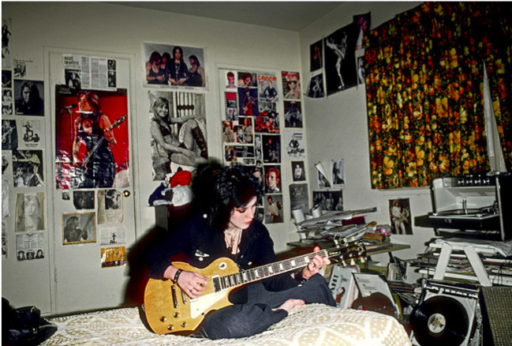 This is one good way to challenge yourself and discover new possibilities offered by your instrument. Guitarist, Guthrie Govan mentions this in one of the chapters of his book “Creative Guitar 2”. If you hold instruments such as the violin, banjo, piano or the flute in high regard, try to figure out ways to imitate techniques and effects particular to those instruments – it is creatively challenging and fun.
This is one good way to challenge yourself and discover new possibilities offered by your instrument. Guitarist, Guthrie Govan mentions this in one of the chapters of his book “Creative Guitar 2”. If you hold instruments such as the violin, banjo, piano or the flute in high regard, try to figure out ways to imitate techniques and effects particular to those instruments – it is creatively challenging and fun.
For example: try imitating drum beats using your strumming hand. This is probably the easiest way to explore different rhythms and spice up your own riffs or strummed chords. Simply take a beat by one of your favourite drummers and imitate it using your right hand. Start out with something simple, for instance, the beat in Queen’s “We will rock you”. Make sure you use plenty of string muting and blocking to make your strumming percussive and groovy.
9. Actively Train Your Ear
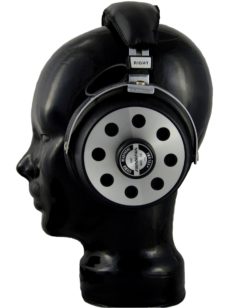 Whenever you learn a new chord or scale, try to associate its sound with something. Most guitarists can identify the sound of the Phrygian dominant mode because we’ve been taught to associate it with Oriental vibes. I’m sure that you’ll forever associate the sound of the acoustic scale with the theme music for The Simpsons. I always think of the word “space” when I hear augmented chords, and “unexpected dreadful scene” whenever I hear diminished seventh chords. These associations will help you identify chords and scales, even if you aren’t able to tell which notes are being played.
Whenever you learn a new chord or scale, try to associate its sound with something. Most guitarists can identify the sound of the Phrygian dominant mode because we’ve been taught to associate it with Oriental vibes. I’m sure that you’ll forever associate the sound of the acoustic scale with the theme music for The Simpsons. I always think of the word “space” when I hear augmented chords, and “unexpected dreadful scene” whenever I hear diminished seventh chords. These associations will help you identify chords and scales, even if you aren’t able to tell which notes are being played.
10. Learn to Value Simplicity
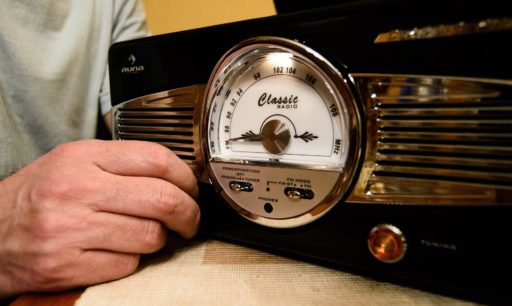 Most of the most memorable music written by Western musicians is quite simple in structure. The most popular melodies tend to be simple that can be sung or whistled by anyone. The chords are not as advanced as you might think. It’s just that the instrumentation makes things sound more complex than they really are. “Less is more” may at times seem like a clichéd thing to say, but it’s often the best way to approach the creation of music.
Most of the most memorable music written by Western musicians is quite simple in structure. The most popular melodies tend to be simple that can be sung or whistled by anyone. The chords are not as advanced as you might think. It’s just that the instrumentation makes things sound more complex than they really are. “Less is more” may at times seem like a clichéd thing to say, but it’s often the best way to approach the creation of music.
So there you have it. 10 pointers that will hopefully help you achieve more this year. I wish I had heard these pieces of advice back then, and I’m positive it will get you closer to where you want to be as a guitar player.
Also published on Medium.
